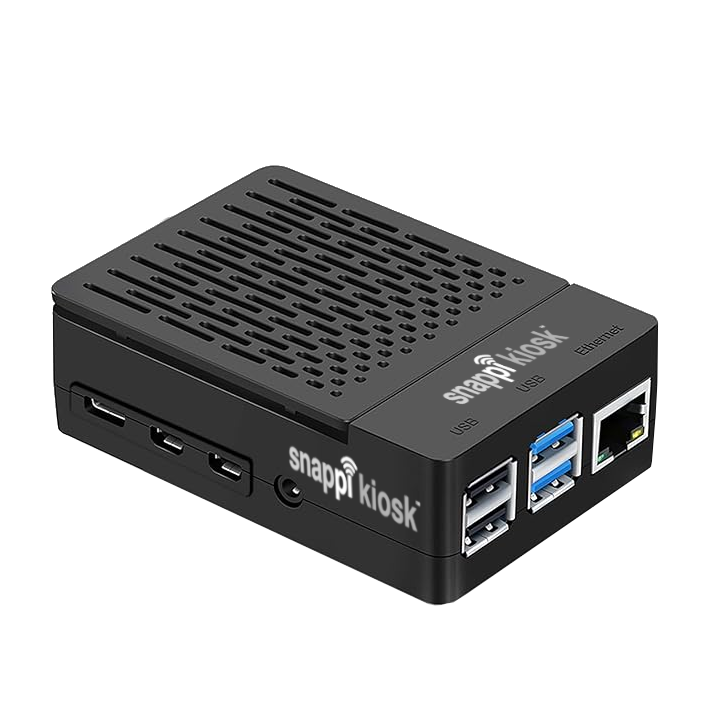Instruction Details
- Temperature:
- 410°F / 210°C
- Time:
- 6 minutes
- Pressure:
- Medium; PSI for Auto Press: 20
- Prepress:
- Puck: 385° 9 minutes
- Substrate:
- DP75G, PLATE7G, PUCK, PUCK6 (Part numbers may vary by distributor)
Additional Items Needed
- Adhesive Spray
- Green Pad
Heat Press Method Instructions
Pressing Porcelain Plates Using a Puck
Required Accessories:
Contact Pyrometer (PN: RPK-PYRMTR)
4.5” or 6” Aluminum Plate Puck (PN: PUCK or PUCK6.
Circle Cutter or Scissors
1. To avoid breaking the plate, calibrate the pressure before imprinting. Simply open the press, place the puck on the center of the plate (with the coated side of the plate face up). Lower the press onto the puck, without locking it into place. Carefully lower the press while simultaneously turning the pressure knob so the press lowers or rises before locking. For instance, if the pressure on the plate is firm before locking, then dial the knob in a counter-clockwise position until the platen locks on the plate. If the pressure on the plate is loose before locking then turn the knob clockwise until firm pressure is applied to the plate. In this instance, after locking, raise the platen, tighten the knob one full turn and you will have the required pressure.
2. Pre-heat the puck at 385°, metal side face up and rubber side face down, for 9-10 minutes. Use pliers to hold the puck and move it while hot. Use a pyrometer corded probe under the puck to verify the temp while cooking (if you do not use this the temperature of the puck will be a unknown and your results could vary).
3. Trim your transfer using a circle cutter or scizzors. Be sure to adjust the circle cutter such that the paper is cut right up to the edge of the recessed area of the surface of the plate. This will help you to seamlessly align the image, and will prevent the green rubber pad (referenced later) from coming into contact with the imaging area of the plate. The green pad will yellow any area of the plate that it touches while imaging.
4. Apply a mist of Adhesive Spray to the transfer and then place the transfer face down on the ceramic plate. Or tape one edge to the plate with heat tape.
5) Cover the press with protective paper. This will prevent suction between the plate and the bottom rubber platen. Place the plate in the center of the press.
6. Place a piece of 1/16” green heat conductive rubber onto the image to be transferred. It’s best to trim the rubber into a circle using a circle cutter. This will keep the rubber inside of the coverage area of the transfer and assure seamless fitment over all time.
7. Place the warmed puck on top of the heat conductive rubber, using pliers.
8. Lower the platen and clamp the press. Be sure to handle the puck and plate with an oven mitt or heat-resistant gloves!
________________________________________________________
Plate Pressing Using a Plate Press
400°
7 minutes
Adhesive Spray, Green Pad
1. To avoid breaking the plate, calibrate the pressure before imprinting. Simply open the press, place the press head onto the center of the plate (with the coated side of the plate face up). Lower the press onto the plate without locking it into place. Carefully lower the press while simultaneously turning the pressure knob so the press lowers or rises before locking. For instance, if the pressure on the plate is firm before locking, then dial the knob in a counter-clockwise position until the platen locks on the plate. If the pressure on the plate is loose before locking then turn the knob clockwise until firm pressure is applied to the plate. In this instance, after locking, raise the platen, tighten the knob one full turn and you will have the required pressure.
2. Trim your transfer using a circle cutter or scissors. Be sure to adjust the circle cutter such that the paper is cut right up to the edge of the recessed area of the surface of the plate. This will help you to seamlessly align the image, and will prevent the green rubber pad circle (referenced later) from coming into contact with the imaging area of the plate. The green pad will yellow any area of the plate that it touches while imaging.
3. Apply a mist of Adhesive Spray to the transfer and then place the transfer face down on the ceramic plate.
4. Put the Plate Tray onto the press with the black circular silicone pad (previously) glued to center of tray (to center plate).
5) Place the plate with transfer in the center of the tray on the black pad. Cover with a circle of protective paper cut larger than the transfer.
6. Place a piece of 1/8” green heat conductive rubber onto the paper and plate. It’s best to trim the rubber into a circle using a circle cutter. This will keep the rubber inside of the coverage area of the transfer and assure seamless fitment over all time.
7. Lower the platen and clamp the press. Be sure to handle the plate with an oven mitt or heat-resistant gloves!



